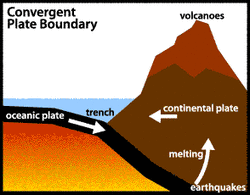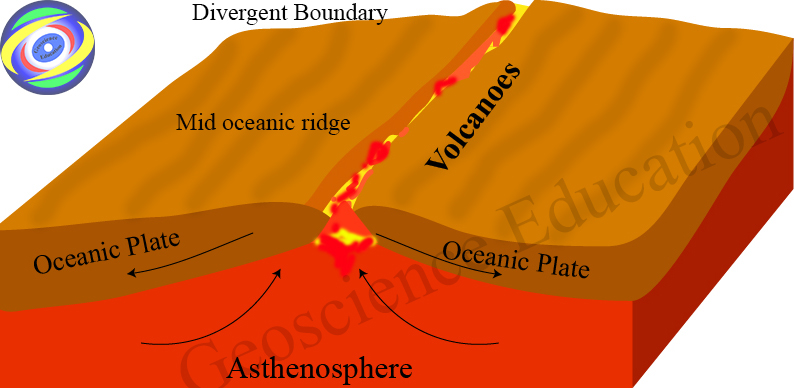

Visitors can walk down the rift between the North American plate and the Eurasian plate.

Thingvellir Valley in Iceland is only place where the Mid-Atlantic Ridge is above sea level. Plate tectonics are responsible for the Mid-Atlantic Ridge. Erosion also hinders growth by wearing mountains down, but because mountains can grow at a relatively fast rate, erosion typically doesn’t win out, according to the University of Hawai’i at Manoa (opens in new tab). However, when a mountain’s mass becomes too large to resist gravity, it will cease to grow (opens in new tab). Geologists have discovered the Swiss Alps are being lifted faster than they are being lowered through erosion-and are thus growing every year, according to a 2020 study in the journal Earth-Science Reviews (opens in new tab). As the mash-up continues, those mountains grow higher and higher. For example, India and Asia came together about 55 million years ago to create the Himalaya Mountains. Where those plates meet, Earth's crust crumbles and buckles into mountain ranges. There are three ways in which plate boundaries meet, and each one triggers a unique geological feature.Ĭonvergent boundaries occur where plates collide into one another. Related: The Alps are still growing faster than they're eroding (opens in new tab) They're thought to wrap around the Earth like seams on a baseball. Geologists refer to the places where segments meet and divide as plate boundaries. Meanwhile, geologists imagine the plates above this roiling mantle as bumper cars they repeatedly collide, stick together, then rip apart. "It's kind of like a pot boiling on a stove," Van der Elst said. Hot material near the Earth's core rises, and colder mantle rock sinks. The driving force behind plate tectonics is convection in the mantle. "Plate tectonics unified all these descriptions and said that you should be able to describe all geologic features as though driven by the relative motion of these tectonic plates." How plate tectonics works

"Before plate tectonics, people had to come up with explanations of the geologic features in their region that were unique to that particular region," said Van der Elst. It lubricates the undersides of Earth's tectonic plates, allowing the lithosphere to move around. Below the lithosphere is the asthenosphere - a viscous layer kept malleable by heat deep within the Earth (opens in new tab). It is 100 km (60 miles) thick, according to the Encyclopedia Britannica (opens in new tab). Earth’s solid outer layer, which includes the crust and the uppermost mantle, is called the lithosphere. Plate tectonics is the theory that Earth's outer shell is divided into large slabs of solid rock, called “plates,” that glide over Earth's mantle, the rocky inner layer above Earth’s core. Wegener didn't have an explanation for how continents could move around the planet, but researchers do now: Plate tectonics.

Convergent boundary definition update#
Developed from the 1950s to the 1970s, the theory of plate tectonics is the modern update to continental drift (opens in new tab), an idea first proposed by scientist Alfred Wegener in 1912 which stated that Earth’s continents had "drifted" across the planet over time.


 0 kommentar(er)
0 kommentar(er)
